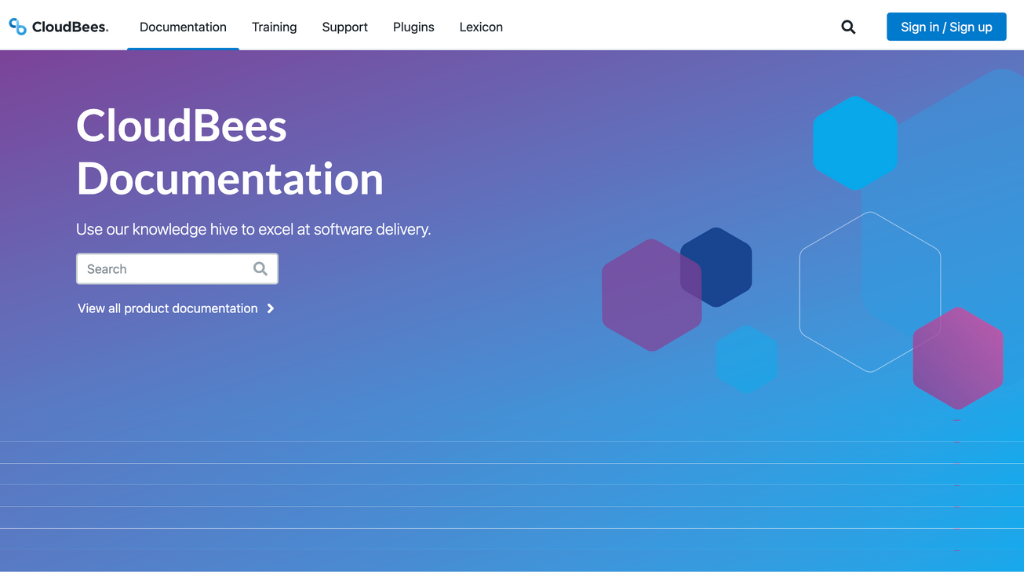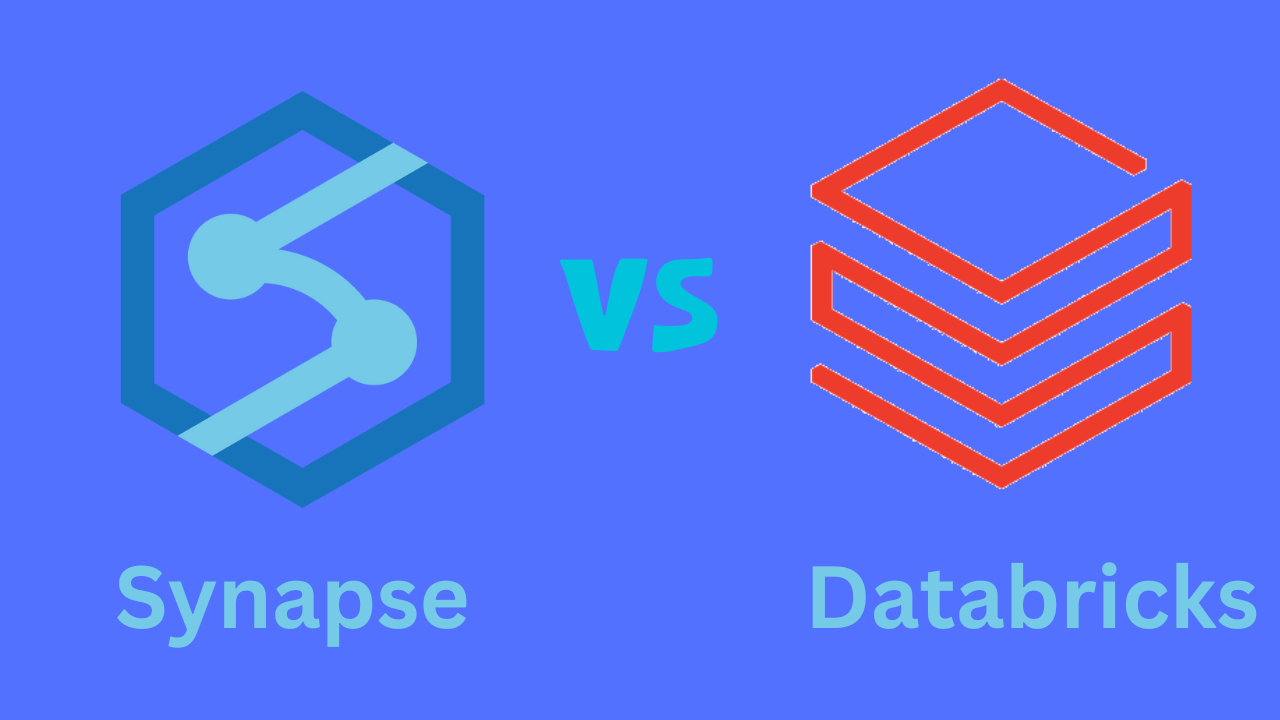In today’s digital age, organizations are constantly striving to improve their services and stay ahead of the competition. One way to achieve this is by developing new features for their applications. However, deploying new features can be a challenging process, especially when trying to prevent downtime for customers. This is where feature flag management comes in. In this article, we will explore the rise of feature flag management and how it can help organizations develop and deploy new features quickly and safely.
Feature Flagging

Feature flagging is a software development technique that allows developers to turn features on and off at runtime. This means that new features can be developed and tested without affecting the user experience. Feature flags are essentially a set of conditional statements that determine whether a feature should be enabled or disabled. This allows developers to control the release of new features and ensure that they are working as intended before they are made available to users.
Choosing the Best Lidar Company in 2023
The Benefits of Feature Flagging
There are several benefits to using feature flagging in software development.
One of the main benefits is that it allows organizations to develop and deploy new features quickly and safely. By using feature flags, developers can release new features to a small subset of users and gradually roll them out to a larger audience. This helps to minimize the risk of downtime and ensures that new features are working as intended before they are made available to all users.
Another benefit of feature flagging is that it allows organizations to test new features in a real-world environment. By releasing new features to a small subset of users, organizations can gather feedback and make improvements before rolling out the feature to a larger audience. This helps to ensure that new features are meeting the needs of users and are providing value to the organization.
Challenges of Feature Flagging
While feature flagging offers many benefits, there are also some challenges that organizations may face when implementing this technique.
One of the main challenges is managing the deployment of a large number of feature flags. As the number of feature flags increases, it can become difficult to keep track of which flags are enabled and which are disabled. This can lead to confusion and errors, which can result in downtime for users.
Another challenge of feature flagging is that it can be time-consuming to implement. Developing and testing feature flags requires a significant amount of time and resources, which can be a challenge for organizations with limited budgets and resources. Finally, integrating feature flags within existing processes can be difficult. Organizations may need to modify their existing processes to accommodate feature flags and ensure that they are being used effectively. This can require changes to development, testing, and deployment processes, which can be a significant undertaking.
Feature Flag Management
To effectively manage feature flags, organizations need to have a clear strategy in place. This strategy should include guidelines for when to use feature flags, how to manage them, and how to integrate them into existing processes. Here are some best practices for managing feature flags:
- Use a centralized feature flag management system: A centralized system can help organizations keep track of all their feature flags in one place. This can help to prevent confusion and errors and ensure that feature flags are being used effectively.
- Develop a clear naming convention: Naming conventions can help to ensure that feature flags are easy to understand and manage. This can include naming conventions for different types of flags, such as release flags, testing flags, and experimental flags.
- Implement a testing process: Testing is critical to ensuring that feature flags are working as intended. Organizations should have a clear testing process in place to ensure that new features are thoroughly tested before they are released to users.
- Monitor feature flag usage: Monitoring feature flag usage can help organizations identify issues and make improvements. This can include monitoring which flags are being used, how often they are being used, and how they are affecting the user experience.
- Document feature flag usage: Documentation is critical to ensuring that feature flags are being used effectively. Organizations should document which flags are being used, why they are being used, and how they are affecting the user experience.
Feature Flag Real Life Example
Several companies have successfully used feature flags to improve their software development process. Here are a few examples:
Etsy: Etsy uses feature flags to test new features with a subset of users before rolling them out to everyone. This has helped them reduce the risk of negative user feedback and improve the overall user experience.
LinkedIn: LinkedIn uses feature flags to enable canary releases, which allow them to test new features in a production environment with a subset of users before rolling them out to everyone. This has helped them reduce the risk of introducing bugs and other technical issues.
CloudBees: CloudBees uses feature flags to enable phased rollouts, which allow them to gradually roll out new features to users over time. This has helped them reduce the risk of negative user feedback and improve the overall user experience.

Uber: Uber uses feature flags to enable phased rollouts, which allow them to gradually roll out new features to users over time. This has helped them reduce the risk of negative user feedback and improve the overall user experience.
Facebook: Facebook uses feature flags to enable canary releases, which allow them to test new features in a production environment with a subset of users before rolling them out to everyone. This has helped them reduce the risk of introducing bugs and other technical issues.
Bayesian Network vs Neural Network
The Future of Feature Flagging
As digital technology continues to evolve, feature flagging is likely to become even more important for organizations. According to a recent survey, organizations are expected to develop an average of five new applications in-house by their software development team in the next 12 months. This means that organizations are likely to have 22 different applications for use by customers or staff in the next 12 months, on average. With the number of feature flags set to increase over the next 12 months, organizations may find that more help is required to manage them effectively, potentially with the assistance of a third-party supplier.
Conclusion
Feature flagging is becoming widely used within organizations to help them manage the ever-changing demands from customers and stay ahead of competitors. While there are challenges involved in implementing and managing feature flags, the benefits are clear. By using feature flags, organizations can develop and deploy new features quickly and safely, while also gathering feedback and making improvements. To effectively manage feature flags , organizations need to have a clear strategy in place that includes guidelines for when to use feature flags, how to manage them, and how to integrate them into existing processes. By following best practices for managing feature flags, organizations can ensure that they are being used effectively and are providing value to the organization.

















